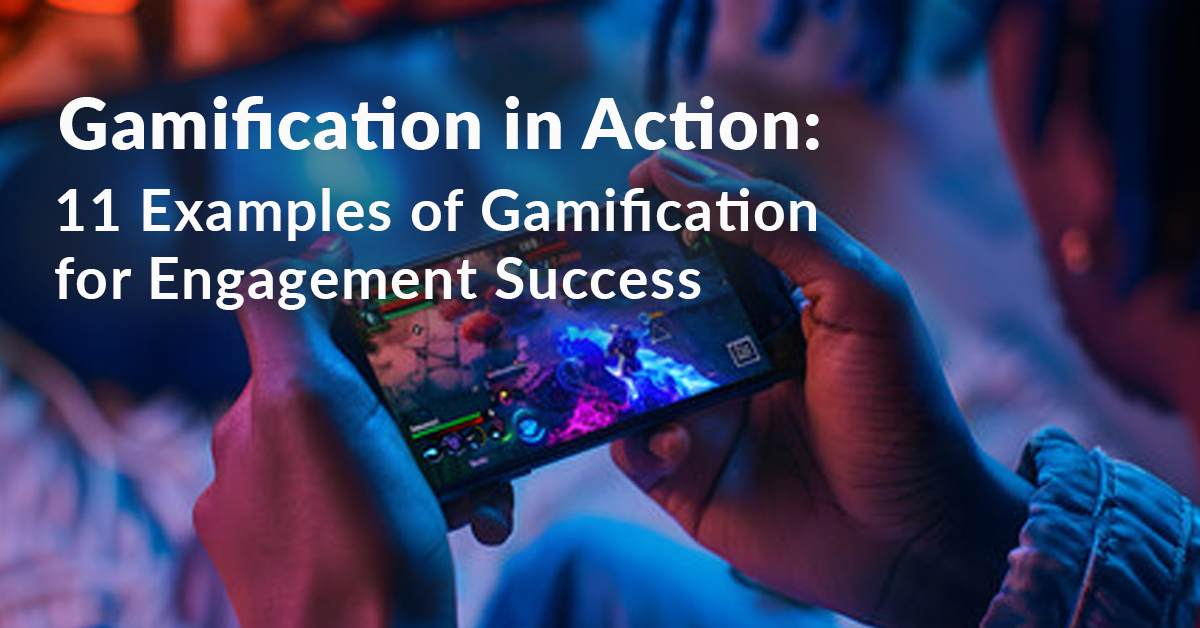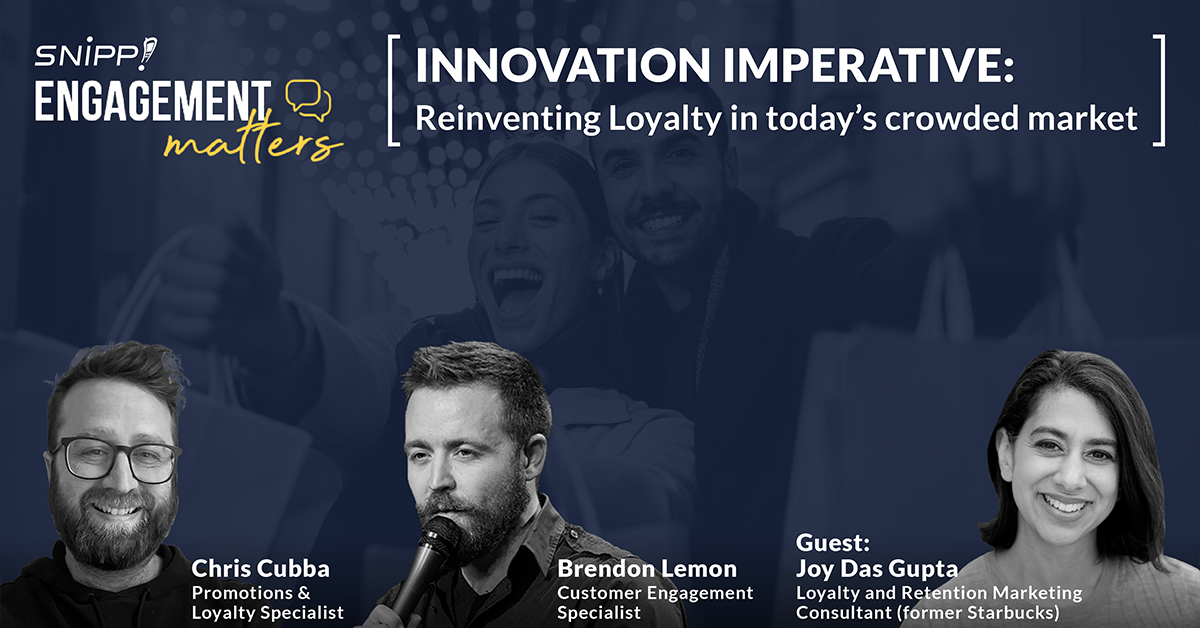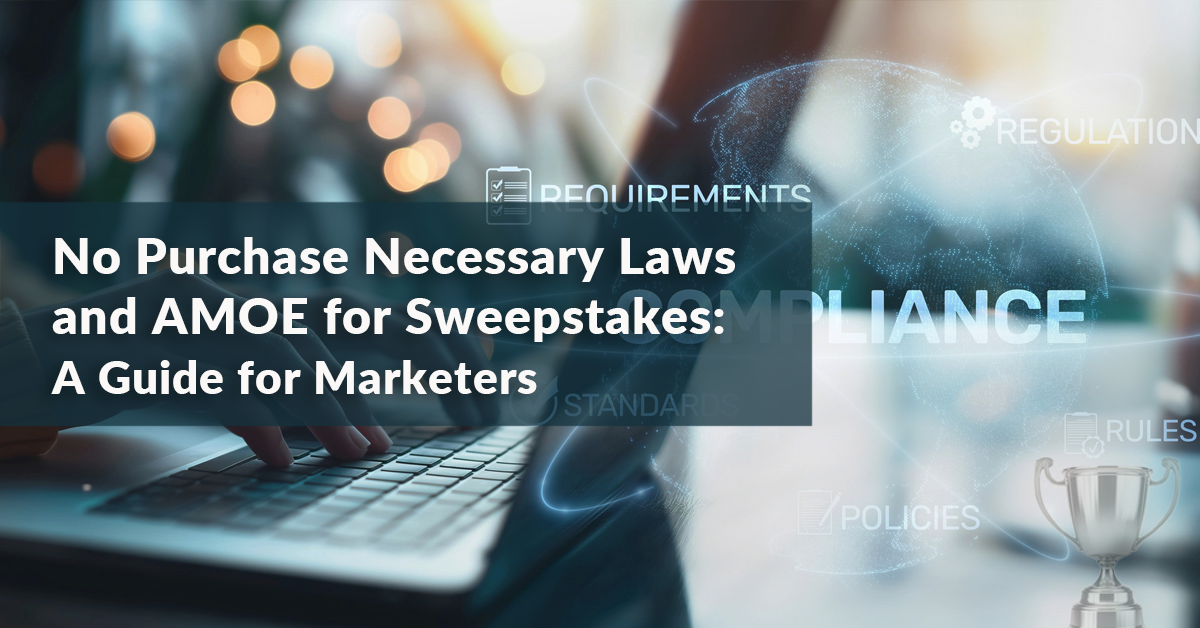When it comes to loyalty program science, Loyalty360 talked to Eoin O’Sullivan, global director of Snipp, to find out the latest trends that loyalty marketers should be aware of and incorporate into their respective business strategies.
Can you talk about some of the new trends in loyalty program data science?
O’Sullivan: Two big new trends are the integration of data science into application and the democratization or demystification of data science. Traditionally, data science was a standalone process. The data scientist would receive data in a file, work their magic, return with some predictive analytics, and then the company would make strategic decisions based on this. One of the big new trends is to build and embed this type of analytics into the loyalty program applications and processes. Once you productionalize this type of predictive analytics, you can then move on the final frontier of analytic capabilities, prescriptive analytics, this means that your Loyalty application can make suggestions to take advantage of your stored models and analysis.
A lot of companies such as Tableau, Microsoft, and Oracle are embedding data science capabilities into existing products. This is helping bring the data science toolkit into more easily maintainable and production ready platforms, increasing the pervasiveness of data science. Another benefit of these enhanced traditional tools is they remove a lot of the barriers to entry into the realm of data science, enabling a new breed of analysts called citizen data scientists.
How can these trends help loyalty marketers today?
O’Sullivan: There are numerous ways. Loyalty program applications with embedded analytics systems could, for example, automatically add a customer to a custom segment based on demographic information (age range, gender, zip) or move a customer between custom segments based on historical activity (e.g. high-value infrequent transactions). This will allow loyalty marketers to automatically offer more nuanced and focused incentives to these segments. Rather than a one-size-fits all offering, out of the box, you would have a maintained customer segment that will respond best to promotions, a segment that responds best to sweepstakes and so on.
Embedded analytics systems could also provide a real-time recommendation engine based on market basket analysis (association rules) or churn alerts, which would notify clients about any potential flight risks within the loyalty program and take steps to increase the chances of retention.
The increasing pervasiveness of data science will allow loyalty businesses to become more data-enabled. I don’t like the term “data-driven” as this takes away the crucial “common sense” element that an experienced marketer provides. When you are data-enabled, you can prioritize and incorporate findings from data science into your campaigns increase the change of success.
The democratization of data science will allow the more technically abled loyalty marketers to take advantage of the more sophisticated tools without having to have a programming background.
They can then use these tools to assist in answering “the why”, giving the client more information and an insight into as to why certain campaigns are succeeding others are not. This increased transparency will help the marketer guide the client in a direction that will increase chances of future programs succeeding.
What is being done well in loyalty program data science and where do the challenges lie?
O’Sullivan: There is a nicely defined and establish set of algorithms for the Loyalty industry for use in churn, recommendation, and segmentation. So, once you have your data in a good place, and you have the appropriate technology in place, then the barriers to creating smart campaigns are nowhere near where they used to be.
The challenges lie in the quality and completeness of this data, as the volume and variety of data increase in this age of big data the quality controls around this data is not always of the highest standard. You can’t just drop an expensive piece of software on just any data and expect results. You must take the process of data cleaning and data quality seriously. You also need to model, integrate, and augment data from a huge variety of sources such as web analytics, social media, demographic data, weather data in addition to the data from your core systems.
There is also the issue of being data-driven vs data-enabled. A good analogy that I have seen is to flying an airplane. As good as the automation technology is when critical decisions must be made it is a highly trained pilot that you want making those decisions. Data science, no matter how pervasive it becomes, should not be an excuse for abdicating decision making. It should help you make better decisions.
Why is loyalty program data science so important?
O’Sullivan: It is so important to understand what is happening or what has happened via historical reporting and this traditional BI/reporting requirement will never cease to exist. To take loyalty programs to the next level and create that sales lift that marketers need to have, however, then you need to step beyond traditional operational reporting and into the area of predictive and prescriptive reporting.
It’s a long-held truism that retaining customers is vastly more efficient than gaining new customers and you do this by building out quality Loyalty programs. To achieve and maintain quality loyalty programs, you will need to understand the why behind loyalty program success or failure. Using data science to find the reasons behind a successful or unsuccessful program, and using data science to greatly enhance the chances of a successful or unsuccessful program, is a hugely important means of building a strong and lasting relationship with your customers.
What do you foresee in the future for loyalty program data science?
O’Sullivan: The technology for the future of loyalty data science is in place right now, however, in a similar fashion to the way automation in the motoring industry is gradually becoming mainstream, the same will happen with loyalty programs.
We are not too far away from a place where loyalty program data science technology will work in a symbiotic relationship with the marketer. Marketers will have their productivity enhanced with automation based on data science. Deep learning technology will continue to enable big leaps forward in loyalty program data science. This will allow customers to interact with a program’s embedded chatbots in very natural fashion and will enable advanced sentiment analysis, facial recognition, and image classification, allowing marketers get age and gender information from person’s picture.
As this intelligence becomes more embedded in our applications and we more move to near real time predictive analytics, we will have modules that will prompt loyalty marketers to change incentives and distribution medium while the campaign is in flight. For instance, if there is a shift in the demographics of the customer base in a loyalty program, then the marketer could be prompted to change the communication medium to a different social media channel to obtain a 5 percent increase in participation.
Interesting and exciting times ahead for all in this industry.
Eoin O’Sullivan, global director of Snipp
This article first appeared in Loyalty360. July 17th, 2017





